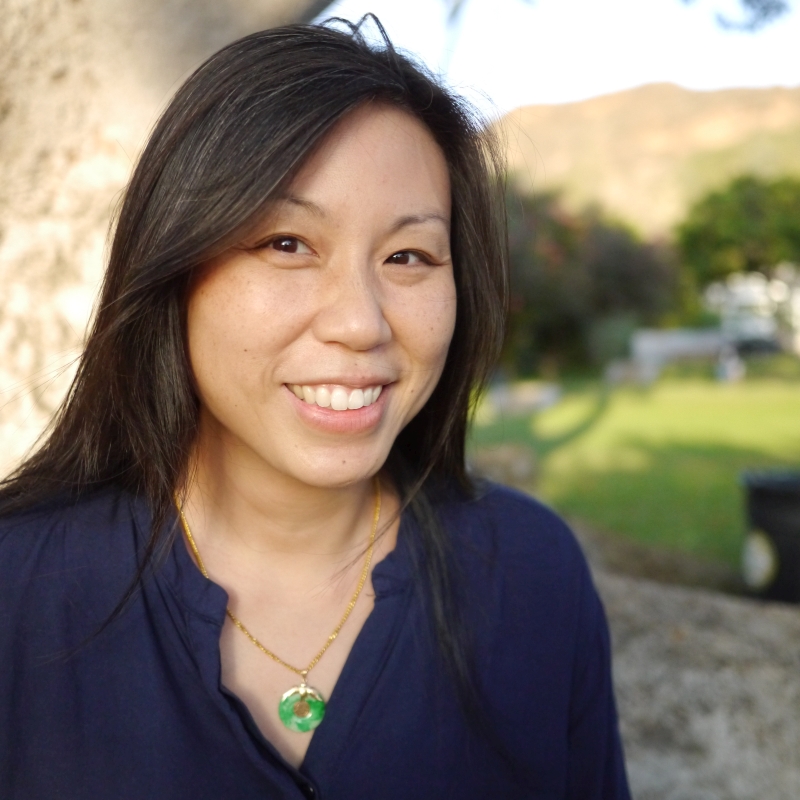Christina L. Truong
Themed panel presentation at the 16th International Conference on Austronesian Linguistics
This study examines the distribution of applicative constructions in Malayo-Polynesian languages of West Nusantara, and the relationships between applicatives, geographic location, genetic affiliation, and other typological features of language. Eighty-five languages were sampled across genetic groupings indigenous to West Nusantara (Malaysia, Singapore, Brunei, and Indonesia west of Lombok) by geographic subregion. Using existing descriptive, lexical, and pedagogical resources, each language was evaluated for the presence of applicative constructions in which morphological marking on the predicate coincides with selection of a peripheral semantic role as a core argument (Peterson 2007). Data on structural properties, including word order, alignment, voice system, and case marking, and semantic and syntactic properties of the applicative constructions were also compiled. Analysis was conducted using geospatial mapping, and statistical tests for non-random association (Pearson’s exact tests) and evaluation of possible classification trees (Random Forest algorithm, see Breiman 2001).
The results indicate that applicative constructions distinct from major voice alternations are an areal feature of West Nusantara associated with the breakdown of Philippine-type voice. Furthermore, genetic affiliation and geographic subregion are strongly predictive of the presence or absence of applicatives, with contact-induced change being implicated for the lack of applicatives in most of Borneo and mainland Southeast Asia. The presence of applicatives otherwise cuts across types of voice system (e.g. symmetrical, asymmetrical), alignment (e.g. ergative, accusative, mixed), word order (e.g. verb-initial, verb-medial) and case marking (e.g. case marking particles, pronominal distinctions, no case marking). This cast doubts on the usefulness of a proposed Indonesian-type of western Austronesian languages associated with applicatives (see Himmelmann 2005). Some features of applicative constructions are quite stable, including the distribution of beneficiary/instrument/theme-selecting functions and locative/goal-selecting functions across separate morphemes. This distribution and other evidence from remnant constructions and historical comparative studies point to West Nusantara applicative constructions being developed from earlier LV and CV Philippine-type voice constructions.



